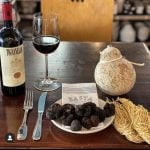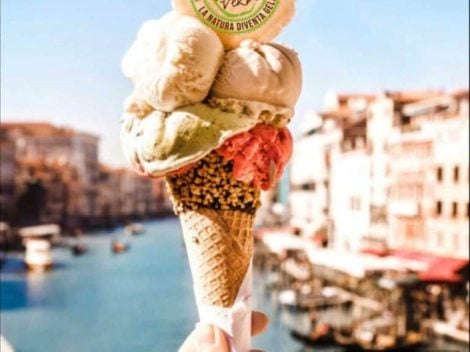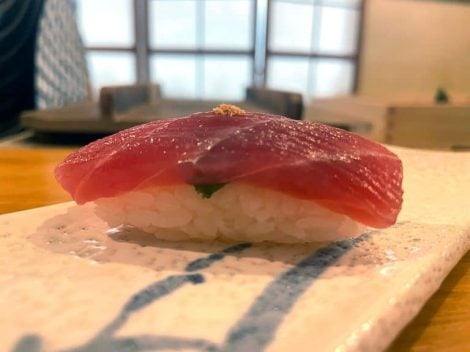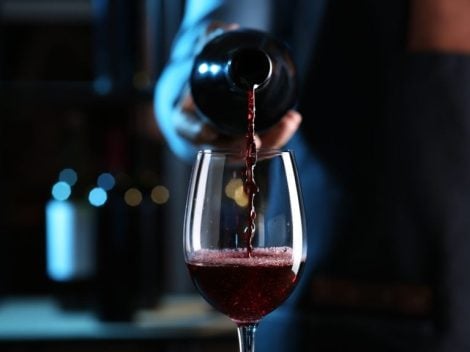The fact that Rome is experiencing a gastronomic renaissance isn't a newfound discovery. Rome, after all, should naturally play a dominant role in a country's culinary landscape, and the anomaly in recent years has been that the Eternal City often abdicated this role, leaving the limelight to Milan’s electric contemporaneity, which, more often than not, lacked substance behind the facade. Rome contented itself with exporting its cuisine (or rather those four or five dishes summarising Roman cuisine that everyone expects) worldwide, only to be indignant about the unorthodox interpretations of certain untouchable culinary icons, especially Carbonara.
Few conventional choices
However, now Rome is competing head-to-head with Milan, and an indirectly telling sign of this is the guide published a few days ago by Eater, one of the world's foremost gastronomic news outlets, started the year by pointing its readers toward the "38 essential restaurants in Rome."
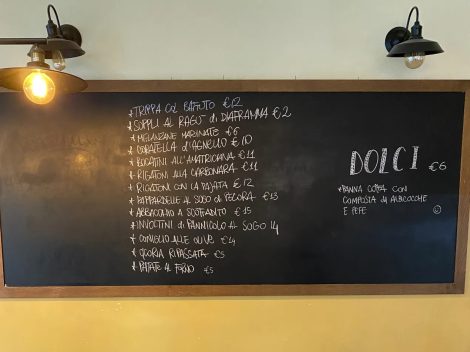
The list, curated by Katie Parla, an author of cookbooks and guides who has been living in Rome for years (originally from New Jersey), offers an intriguing glimpse into the Roman gastronomic scene, occasionally veering away from the expected clichés. Among the 38 suggested addresses (many of which aren't strictly restaurants), there are some old-style choices (such as Armando al Pantheon, Tempio di Iside, Tavernaccia da Bruno, Colline Emiliane, Cesare al Pellegrino), and other quality places but rather predictable (Trapizzino, Bonci, Cesare al Casaletto, Supplizio, Roscioli, Forno di Campo de’ Fiori, Piatto Romano, Testaccio Market). Certainly, there is a lot of Trastevere and Testaccio (can we really expect a tourist to navigate the vast, foggy periphery?), but what stands out is the number of endorsed venues representing a more modern and sometimes even alternative Rome, the Rome we cherish the most.
Innovation and exoticism, even
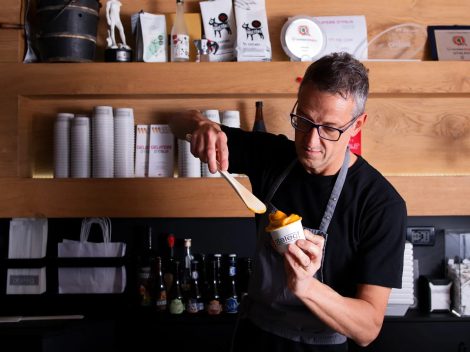
Hence, on the list, we find Orma Roma, Roy Caceres' new restaurant, praised for its ability to blend "Colombian gastronomic traditions with Italian ingredients." There's Giano Restaurant, Ciccio Sultano's new Roman venue, finally emancipated from certain "lamentable" stereotypes of Sicilian cuisine. Then there's the smart and flavourful bistronomy Mazzo by Francesca Barreca and Marco Baccanelli (with highly appreciated Roman-style tripe), Menabò Vino e Cucina, pushing a certain reimagined traditional cuisine paired with natural wines in Centocelle, the much-lauded Sarah Cicolini of Santo Palato, the market-driven cuisine of Trecca, which even mentions its spin-off Circoletto, a new-generation fraschetta.
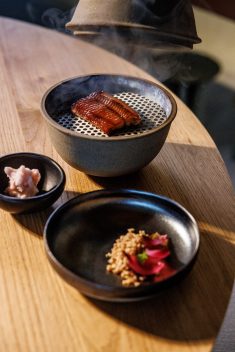
There's also praise for the space dedicated to once-called "international" eateries, such as Ge Jing Hua's Sinosteria, Eritrean Enqutatash in the "exotic" Villa Gordiani, and Tianci Chongqing Farm Hot Pot, tasked with redeeming Rome from the fate of being a "de-spiced" city ("even black pepper is considered too spicy," notes the author).
Shops for gourmet shopping
Additionally, there are a few shops: gelateria Otaleg, pastry shop Regoli with its maritozzi, Beppe e i suoi Formaggi, the former "Roscioli's" Pasquale Borriello with his Forme Dispensa in Ripa, and the bread from Tricticum Micropanificio Agricolo. Concerning bars, they range from breakfast spots (Love Specialty Croissant, Casa Manfredi) to evening venues (a bit predictable are the Trastevere-based Ma Che Siete Venuti a Fa' and the speakeasy Jerry Thomas, less so Latta Fermenti and Miscele), along with the wine bar Latteria Trastevere.
Lastly, there's a bit of the Ghetto, where the city's oldest culinary tradition, the Jewish-Roman cuisine, resides. Here, we have the kosher osteria Casalino and the pastry shop Boccione with its authentic pizza ebraica and embracing sour cherry and ricotta tart. There's only one pizzeria on the list (I Quintili in Furio Camillo), followed by the pasta dishes of C’è Pasta e Pasta. Throughout, Parla advises to arm oneself with patience when booking and to enjoy the empathy that could compensate for certain service flaws, ultimately presenting a slice of a lively and diverse city. And if there are some clichés, in the end, it's inevitable. Rome is also a postcard of itself, at least for Americans.
by Andrea Cuomo
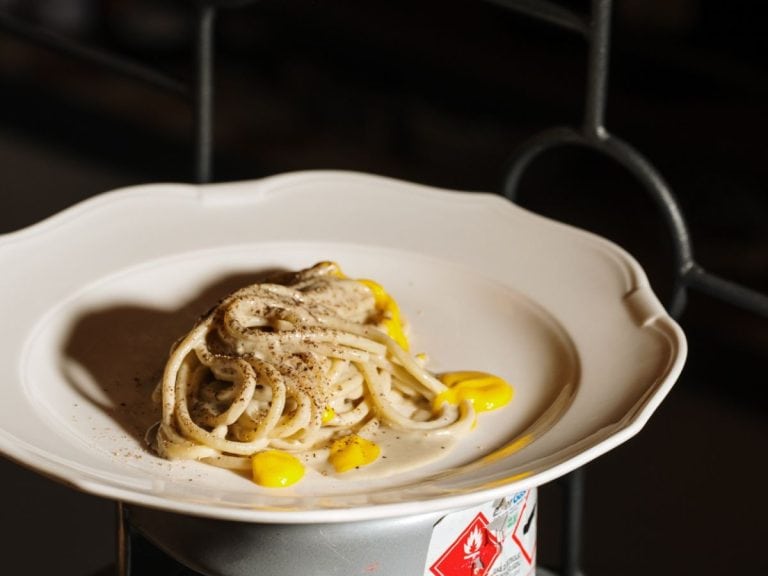
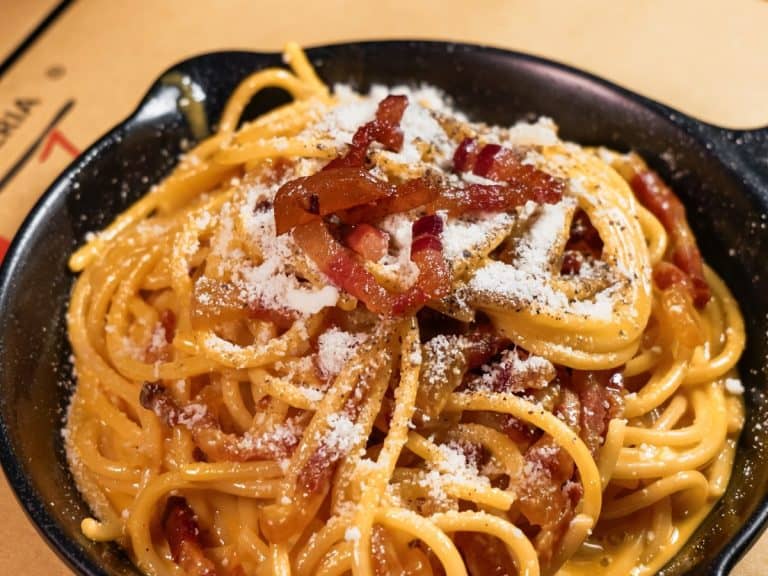 Where to eat in Ariccia. The best addresses selected by Gambero Rosso
Where to eat in Ariccia. The best addresses selected by Gambero Rosso The 'electric tomino', the unknown specialty of Piedmontese taverns. What it is and where to eat it in Turin
The 'electric tomino', the unknown specialty of Piedmontese taverns. What it is and where to eat it in Turin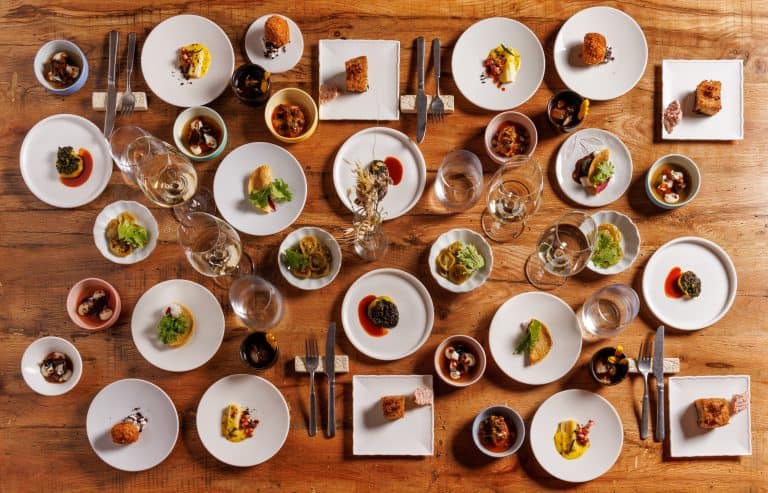 To be shared and enjoyed together. The return of Italian appetizers that have conquered Michelin-starred chefs
To be shared and enjoyed together. The return of Italian appetizers that have conquered Michelin-starred chefs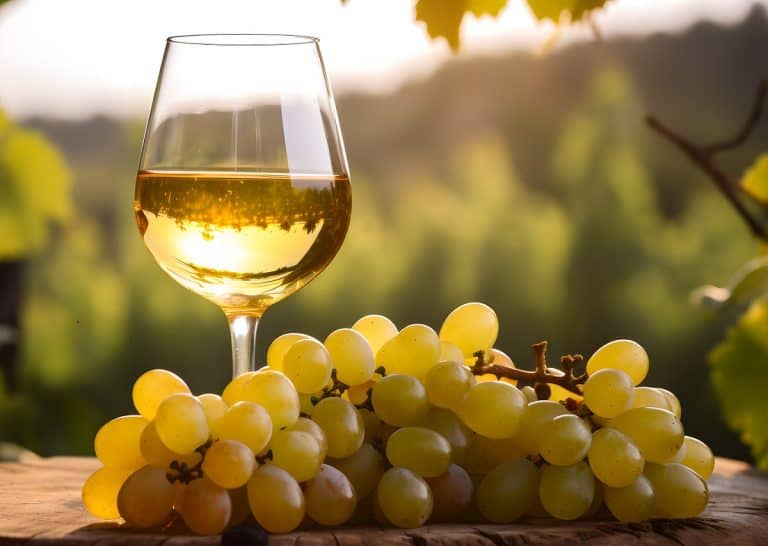 The 8 best Vitovska Wines from Friuli Venezia Giulia selected by Gambero Rosso
The 8 best Vitovska Wines from Friuli Venezia Giulia selected by Gambero Rosso History of the hidden specialty coffee shop in an agricultural market in Rieti
History of the hidden specialty coffee shop in an agricultural market in Rieti